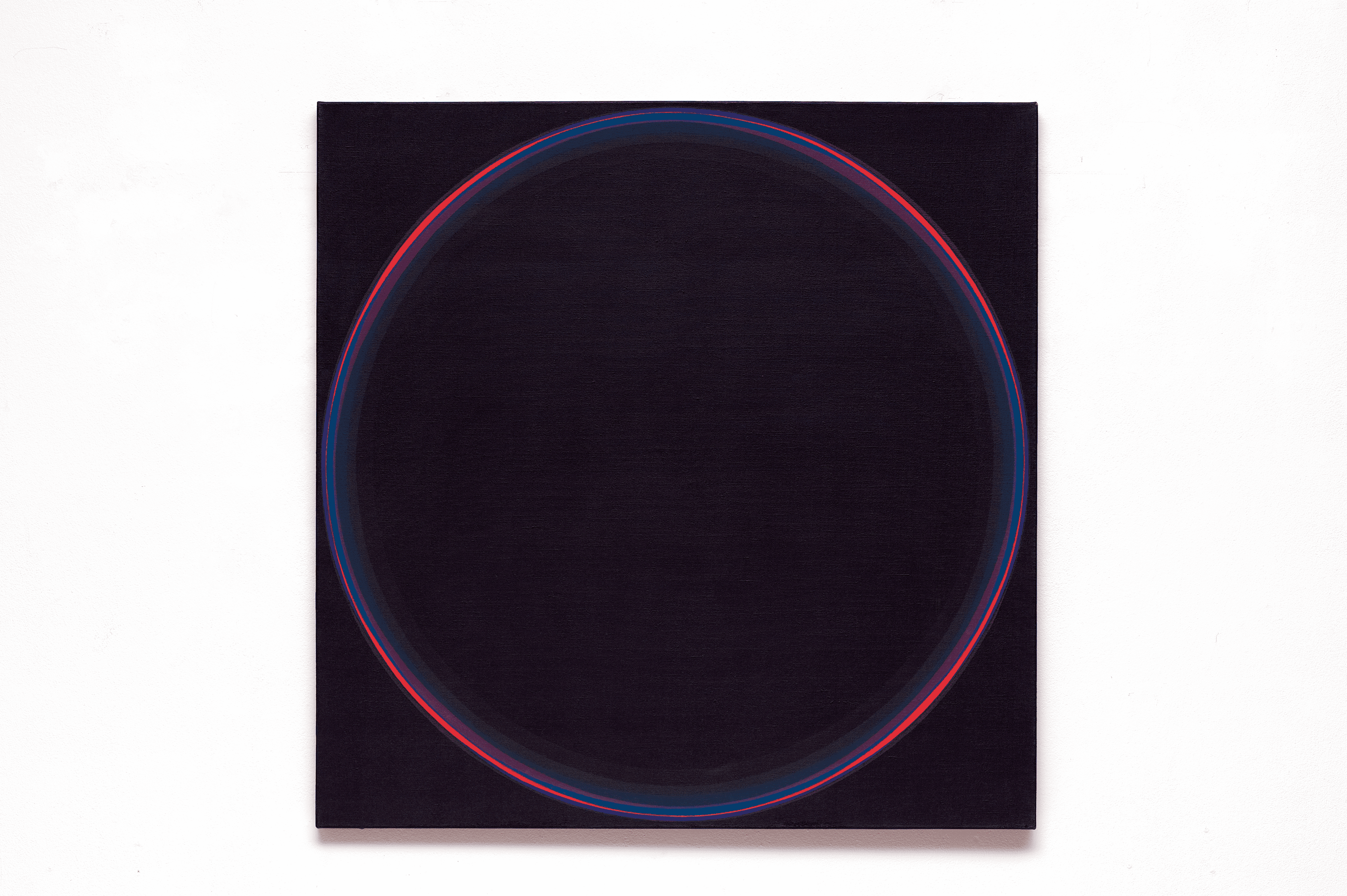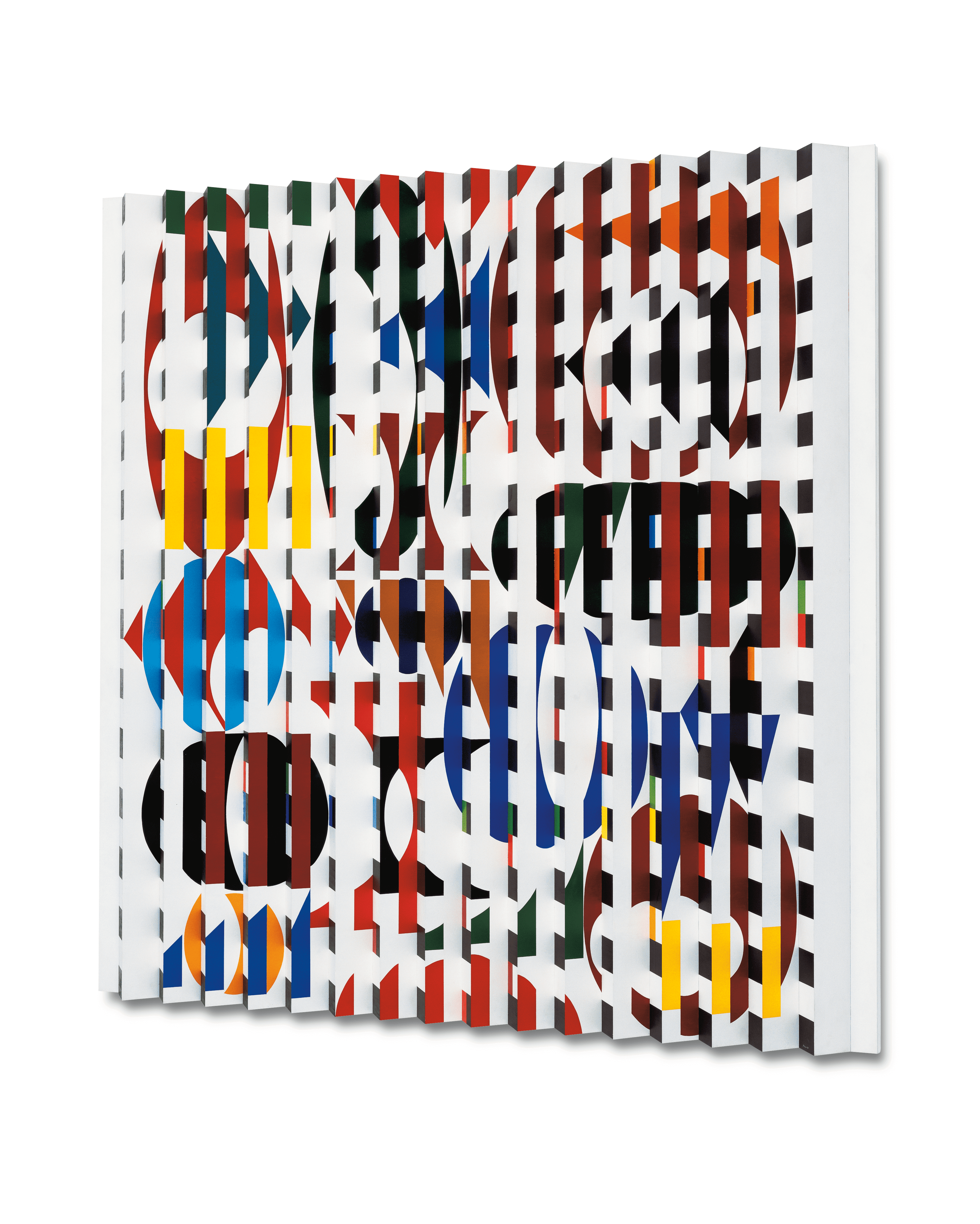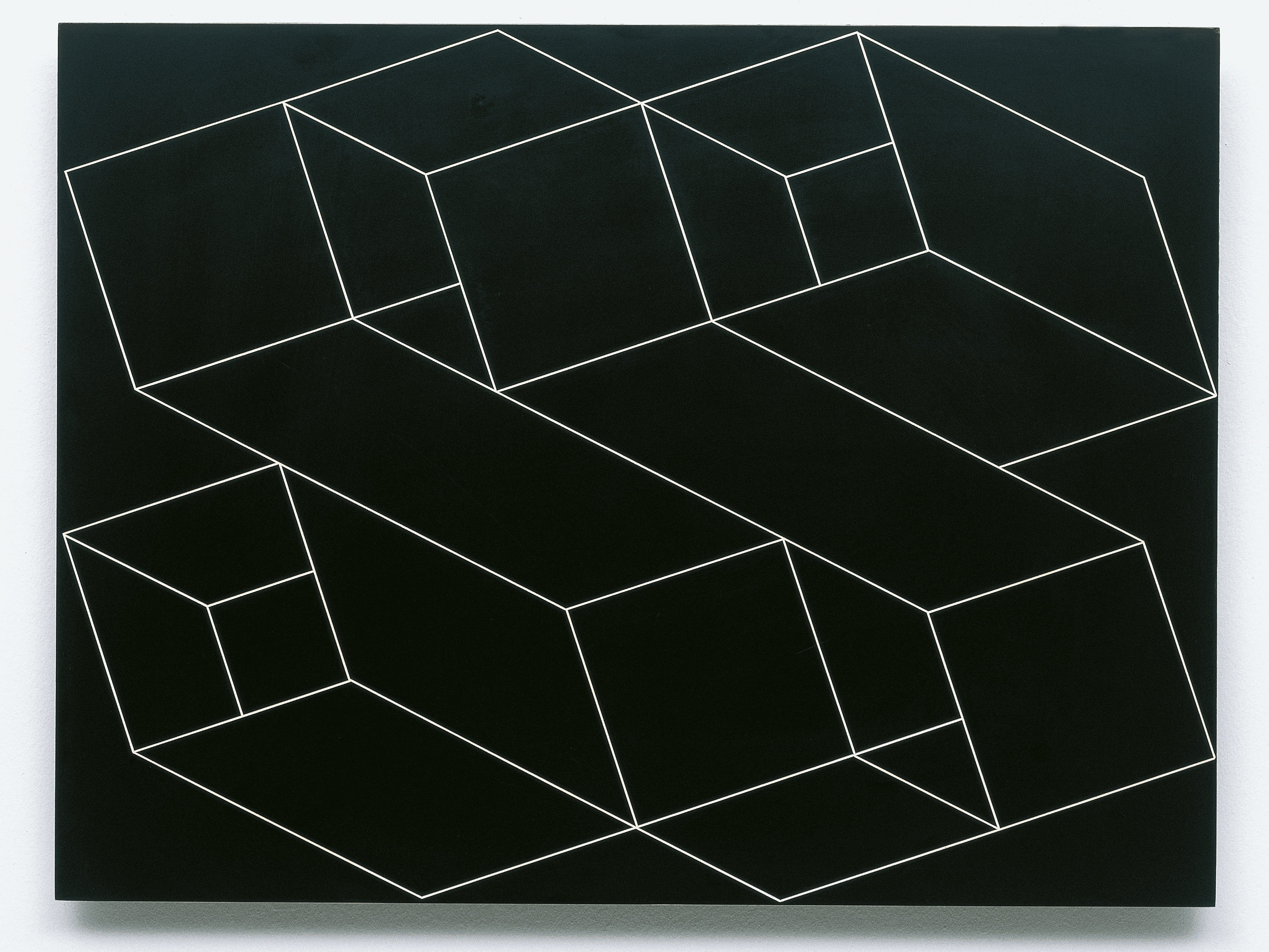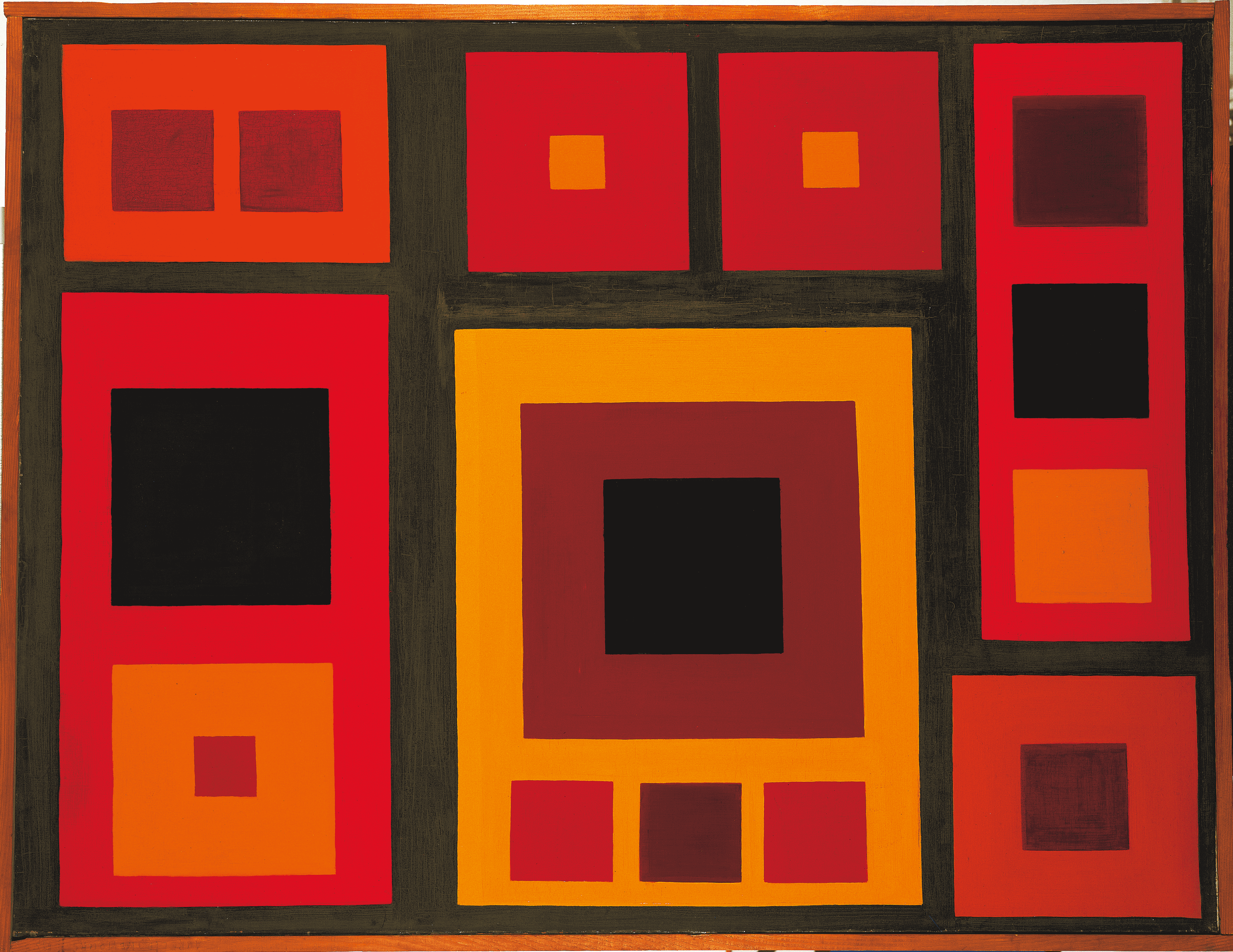RADICAL. Geometric abstraction In the Würth Collection
From June 13, 2023 to January 7, 2024, the Musée Würth presents a double exhibition featuring a selection of representative works of geometric abstraction from the Würth Collection. On the first floor, the LORE BERT exhibition invites visitors to discover the world of an artist dedicated to geometric forms and ornamental motifs. These shapes, inspired by architecture, nature and science, find their support in silky Japanese paper. Upstairs, the theme continues with the RADICAL exhibition, featuring a collection of geometric abstraction from the second half of the 20th century. Less well known to visitors, this abstract art is nonetheless one of the pillars of the Würth Collection and a major focus of interest for collector Reinhold Würth.
Geometric abstraction is a universal language that has been found in the form of geometric patterns in many cultures since antiquity. In the pre-Columbian period in Latin America, in the civilization of ancient Egypt or in the refi nement of Islamic art, these forms are equally declined on ceramics, architectural surfaces or clothing. These patterns are not only made for ornamental or aesthetic purposes, but can also have a symbolic and magical dimension. Geometric shapes also exist in the natural environment. With the naked eye or under the microscope, the study of minerals, plants or shells testifi es to the geometric properties that make up nature. Crystals, cells, molecules and atoms are systems of shapes that are structured at different scales.
In the West, in the first half of the 20th century, this non-figurative art was revisited and disseminated by the artistic avant-garde: Vassily Kandinsky, František Kupka and Piet Mondrian were the initiators and famous representatives. The use of geometric forms reflects a rejection of the illusionist practices of the past and a desire to create a new artistic language. With this so-called “non-objective” painting, these artists wanted to create a language that would link science, music and spirituality to art. By claiming to perceive truths behind geometric forms, they followed in the footsteps of Plato, who saw geometry as an interface between the material world and ideas of divine essence. In the aftermath of the Second World War, abstraction found a new lease of life in Europe thanks to groups of artists and gallery owners like Denise René. This activist of kinetic art and geometric abstraction exhibited and defended artists such as Jesús-Rafael Soto, Yaacov Agam, Alberto Magnelli, Auguste Herbin, Victor Vasarely, Jean Dewasne, Richard Mortensen and the sculptor Robert Jacobsen.
It was through Jacobsen that the collector Reinhold Würth came into contact with Denise René, and the good relations between them made it possible to include works by these artists in the Würth Collection. Many of them claimed that their abstract art existed for its own sake: geometric shapes, pure colours and smooth surfaces were devoid of symbolic meaning and were to be appreciated solely for what they were. In front of these purely aesthetic, visual and formal works, the eye and the feeling can feel free and detached. With some forty works by as many artists, the exhibition Radical. Geometric Abstraction in the Würth Collection appeals to the mind as much as to the emotions.
Yaacov AGAM (* 1928)
Structure, forme, couleurs
1974
Collection Würth, Inv. 5724
© ADAGP, Paris, 2023
Josef Albers
Constellation structurelle B-8, 1954
Collection Würth, Inv. 2114
Photo : Philipp Schönborn, Munich
© ADAGP, Paris, 2023





